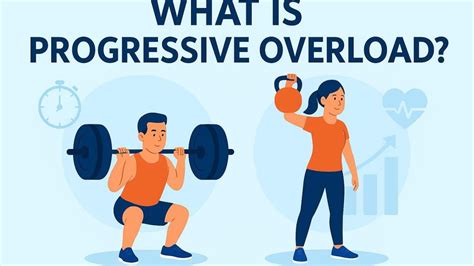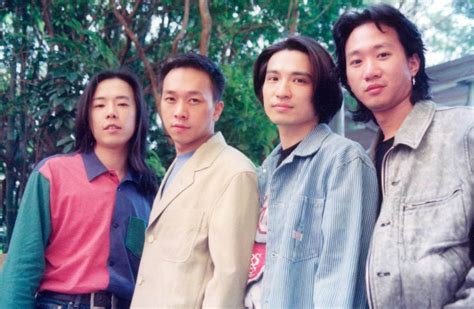Optimize men’s fitness: What’s the most efficient way to build peak functional strength?

For men aiming to elevate their physical capabilities beyond mere aesthetics, the pursuit of peak functional strength is paramount. This isn’t about lifting the heaviest weight possible in a single, isolated movement, but rather developing strength that translates directly to real-world tasks, athleticism, and overall resilience. It’s about building a body that performs optimally in various situations, from intense sports to everyday challenges. But with countless training methodologies available, what’s the most efficient path to achieving this robust, practical strength?
Defining Functional Strength: More Than Just Muscle
Functional strength is the ability to perform activities of daily living or sport-specific movements with ease, efficiency, and without injury. It involves integrating multiple muscle groups, improving joint stability, enhancing coordination, and fostering better balance. Unlike bodybuilding, which often isolates muscles, functional training emphasizes movements that mimic natural human patterns: pushing, pulling, hinging, squatting, rotating, and carrying. For men, this means being strong not just in the gym, but strong for life.

The Core Pillars of Efficient Functional Strength Training
To build peak functional strength efficiently, a few fundamental principles must be rigorously applied:
1. Prioritize Compound Movements
The cornerstone of functional strength is compound exercises. These movements engage multiple joints and muscle groups simultaneously, mirroring how your body naturally moves. Think deadlifts, squats, overhead presses, bench presses, rows, and pull-ups. They are highly efficient because they deliver maximum stimulus for strength gain, muscle growth, and caloric expenditure in the shortest amount of time. Focusing your training around these foundational lifts provides the biggest bang for your buck.
2. Embrace Progressive Overload
Your body adapts quickly. To continue getting stronger, you must constantly challenge it beyond its current capabilities. Progressive overload means gradually increasing the demands placed on your muscles over time. This can be achieved by increasing weight, reps, sets, decreasing rest periods, improving technique, or adding more challenging variations of an exercise. Without consistent progression, strength plateaus are inevitable.

3. Master Movement Quality and Form
Efficiency isn’t just about output; it’s also about preventing setbacks. Performing exercises with impeccable form is crucial for activating the correct muscles, maximizing the exercise’s effectiveness, and minimizing the risk of injury. Sloppy form can lead to imbalances, pain, and wasted effort. Dedicate time to learning and perfecting your technique, even if it means lifting lighter weights initially. A strong foundation built on proper mechanics is far more sustainable and productive in the long run.
4. Integrate Varied Modalities
While barbells and dumbbells are excellent, functional strength is best developed through a diverse training approach. Incorporate kettlebells for dynamic movements, grip strength, and core stability. Bodyweight exercises enhance relative strength, mobility, and body control. Sandbags, macebells, and strongman implements can challenge your stability and work odd angles, mimicking real-world lifting scenarios that are rarely perfectly balanced. This variety ensures comprehensive strength development and prevents adaptation plateaus.

5. Prioritize Recovery and Nutrition
Training breaks down muscle; recovery builds it back stronger. Without adequate sleep (7-9 hours), proper nutrition, and active recovery, your body cannot adapt and grow. Focus on a diet rich in lean protein, complex carbohydrates, healthy fats, and micronutrients to fuel your workouts and repair tissues. Hydration is also critical. Overtraining, often due to neglecting recovery, is counterproductive and can lead to diminished performance, injury, and burnout.

Crafting Your Optimal Training Program
An efficient program for peak functional strength typically involves:
- Full-Body Workouts (2-4 times per week): Maximizes frequency for muscle stimulation and recovery.
- Focus on Major Lifts: Dedicate the majority of your session to compound movements.
- Accessory Work: Supplement with exercises that address weaknesses, improve mobility, or strengthen smaller stabilizing muscles.
- Dynamic Warm-ups and Cool-downs: Prepare your body for activity and aid recovery.
- Periodization: Cycle through periods of higher intensity/lower volume and lower intensity/higher volume to prevent plateaus and manage fatigue.

Conclusion: A Holistic Approach to Lasting Strength
Building peak functional strength efficiently for men isn’t about shortcuts, but rather smart, consistent application of proven principles. By focusing on compound movements, progressively overloading your body, perfecting your form, diversifying your training modalities, and prioritizing nutrition and recovery, you will forge a body that is not only visually impressive but truly capable. This holistic approach ensures not just temporary gains, but sustained, real-world strength that serves you well in every aspect of life.









